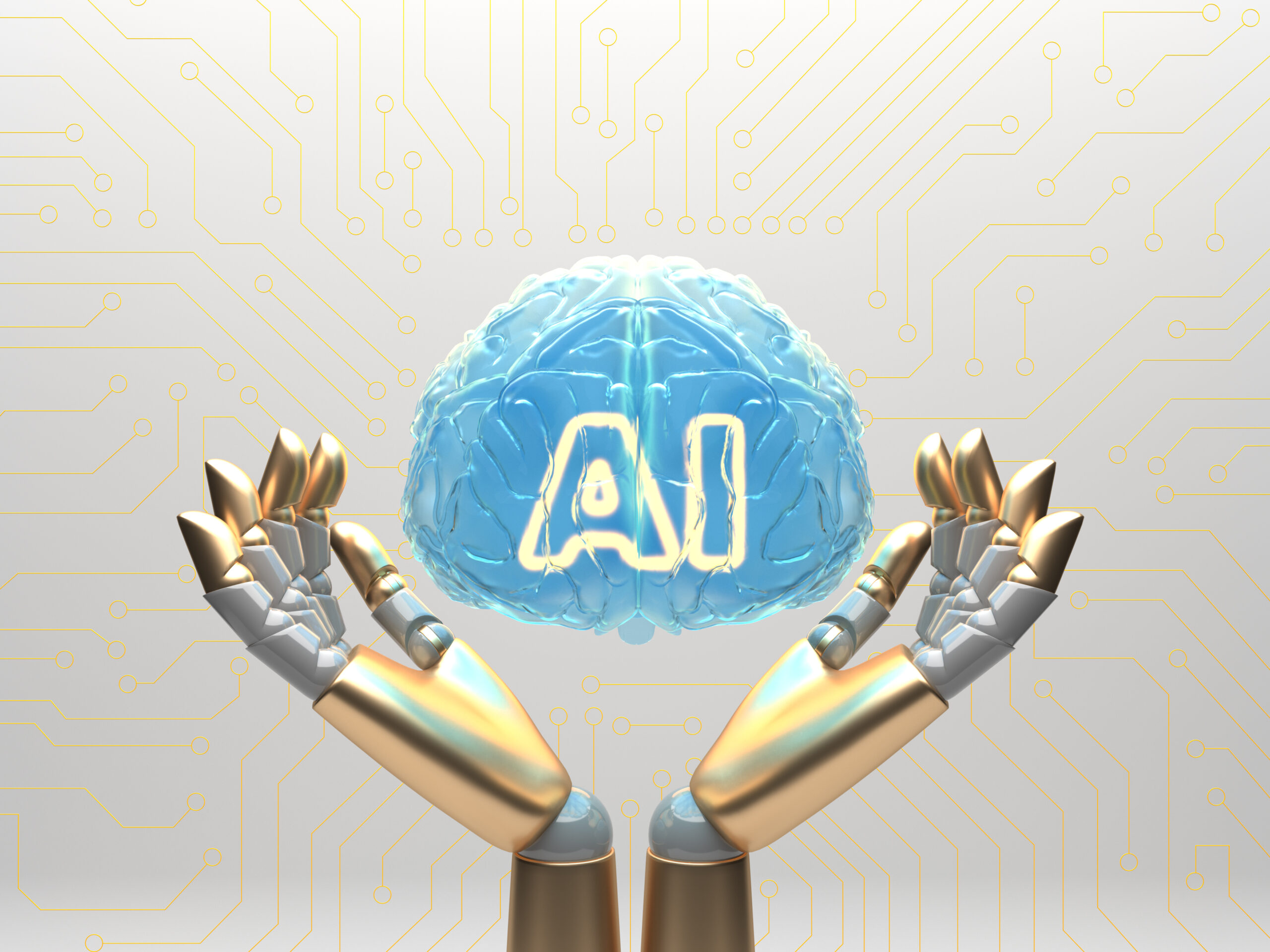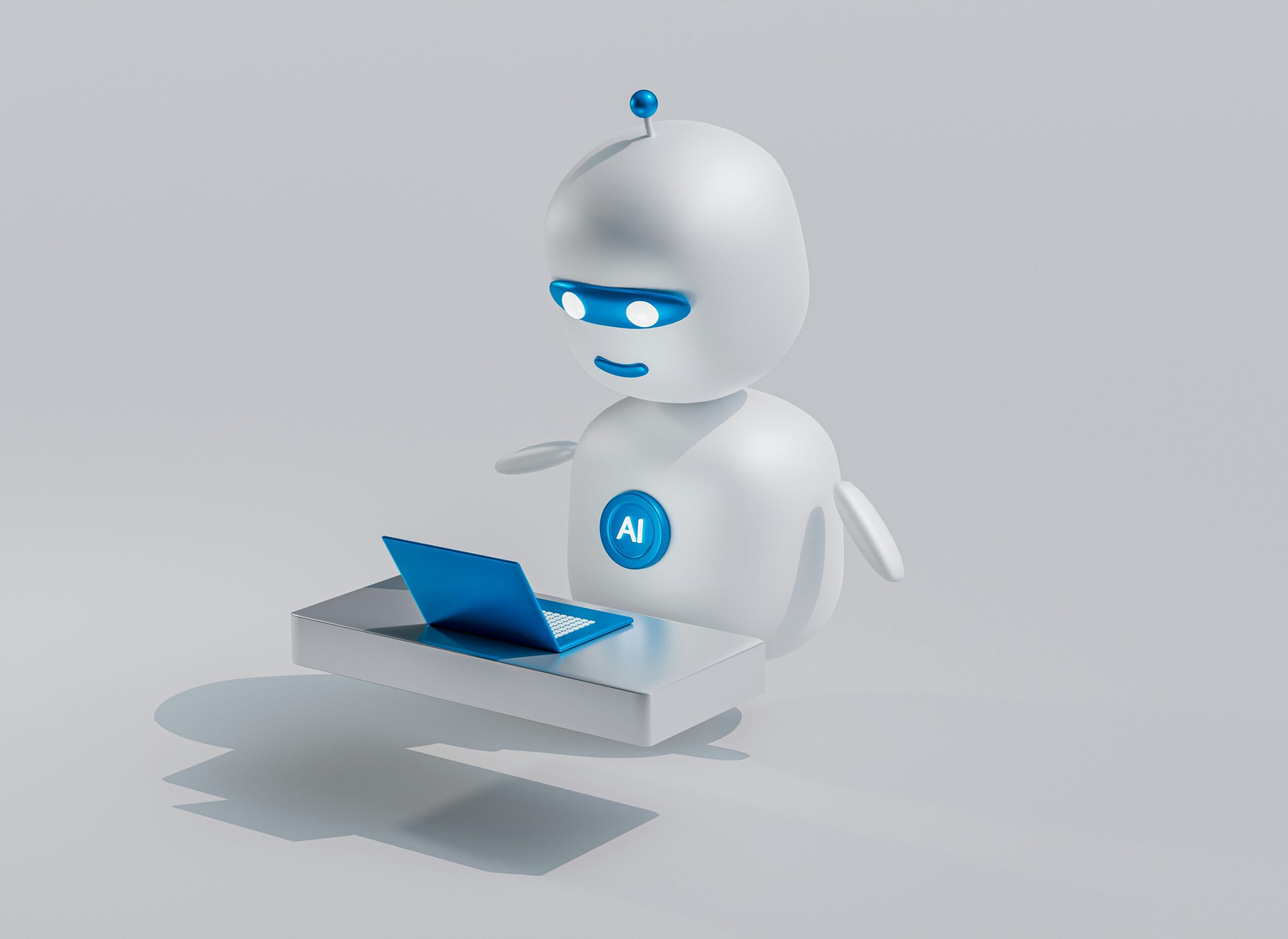As we step into best AI tools 2025 have become integral to modern workflows across industries. No longer confined to research labs, these tools now power everything from software development and business operations to healthcare diagnostics and cybersecurity.
The rapid advancements in AI technology are enabling smarter automation, better decision-making, and increased productivity on a scale never seen before.
In this fast-evolving landscape, it’s crucial to understand which AI tools stand out and what features make them essential for 2025. According to recent data from Future Tech Idea, the AI tools market is growing exponentially, driven by innovations in machine learning, natural language processing, and real-time analytics.
These advancements translate into tangible benefits like faster coding, automated workflows, improved medical diagnosis, and stronger cyber defense.
This blog post will explore the best AI tools of 2025, focusing on their key functionalities and real-world impact. By examining practical applications and case studies, you’ll gain insight into how these AI solutions are shaping industries and setting the stage for the future of technology.
Categories of Best AI tools 2025
AI tools in 2025 are divided into five major categories based on their primary function:
- AI tools for software development
- AI tools for business productivity
- AI tools for content creation and marketing
- AI tools for healthcare
- AI tools for cybersecurity
Each category includes tools that solve very specific problems. Below, we provide detailed information about each group.
1. AI Tools for Software Development
Software development has significantly evolved due to AI. Developers no longer spend hours writing boilerplate code, debugging, or searching for syntax help. AI-powered developer tools make it easier to write, test, and deploy applications.
Key Tools in 2025:
- GitHub Copilot – Trained on billions of lines of code. Offers auto-completions in real time.
- Tabnine – Provides predictive coding assistance with privacy-friendly features.
- Amazon CodeWhisperer – AWS-native coding assistant for faster integration with Amazon services.
Key Features:
- Code Autocompletion: Offers full-line or multi-line suggestions based on what you’re coding.
- Natural Language to Code: Developers describe a function in English; the tool writes the code.
- Multi-Language Support: Works with Java, Python, TypeScript, Go, Rust, and more.
- Bug Fix Suggestions: Detects syntax or logic errors and recommends fixes.
- IDE Compatibility: Compatible with popular environments like VS Code, IntelliJ, and JetBrains.
These tools help developers speed up project completion and reduce bugs during the build phase.
2. AI Tools for Business Productivity
AI is transforming how businesses manage operations. Tasks that were once manual—such as creating documents, organizing files, or scheduling meetings—are now automated with AI tools.
Key Tools in 2025:
- Notion AI – Built-in writing and summarization assistant.
- Microsoft Copilot for Microsoft 365 – Works within Word, Excel, Outlook, and Teams.
- Zapier AI – Connects multiple business apps with automated workflows.
- GrammarlyGO – Real-time email writing, editing, and response suggestions.
Key Features:
- Email Drafting: Automatically drafts or replies to messages based on brief prompts.
- Data Entry Automation: Extracts data from documents, forms, or emails and populates spreadsheets.
- Meeting Scheduling: Integrates with calendars to plan meetings efficiently.
- Document Summarization: Breaks down long reports into clear summaries.
- Workflow Automation: Links apps like Slack, Google Sheets, Dropbox, and CRM tools.
Business leaders use these tools to streamline operations, reduce manual errors, and save time.
3. AI Tools for Content Creation and Marketing
Content production is faster, more consistent, and optimized for SEO in 2025 thanks to AI. From blog writing to social media visuals, AI tools help marketing teams produce engaging material quickly.
Key Tools in 2025:
- Jasper AI – Long-form blog writing, ad creation, and SEO optimization.
- Copy.ai – Email marketing, product descriptions, and web copy generation.
- Canva Magic Write – Writes text inside design templates.
- SurferSEO – Combines AI writing with real-time SEO guidelines.
Key Features:
- Ad Copywriting: Generates Google Ads, Facebook posts, and product taglines.
- SEO Content: Suggests keyword density, meta titles, and internal linking while writing.
- Visual Text Generation: Provides content suitable for posters, brochures, or social posts.
- Voice and Tone Customization: Adjusts text for casual, formal, or persuasive communication.
- Plagiarism Checking: Built-in tools to detect duplicate or reused content.
These tools support marketing campaigns with scalable content production and time-saving automation.

4. AI Tools for Healthcare
Healthcare is one of the most complex and sensitive industries. In 2025, AI tools are helping medical professionals make better decisions faster. These tools assist with diagnostics, treatment planning, and patient monitoring.
Key Tools in 2025:
- Aidoc – Radiology-focused AI for identifying diseases in imaging.
- PathAI – AI-based diagnostics for pathology.
- IBM Watson Health – AI-powered patient data analytics and treatment support.
- DeepMind Health (Google) – AI that processes patient records and lab results.
Key Features:
- Medical Imaging: AI reads MRIs, CT scans, and X-rays to highlight irregularities.
- Disease Detection: Flags signs of cancer, stroke risk, or heart disease early.
- EHR Analysis: Processes electronic health records to create patient summaries.
- Treatment Recommendation: Suggests personalized treatments based on history and test results.
- Real-Time Alerts: Monitors vitals and sends emergency alerts to medical staff.
AI enables faster diagnostics, fewer errors, and a more proactive approach to healthcare.
5. AI Tools for Cybersecurity
In 2025, cyber threats have grown more complex. AI-powered security tools are now required to monitor systems, detect anomalies, and react instantly to breaches.
Key Tools in 2025:
- Darktrace – AI-based threat detection for enterprise networks.
- CrowdStrike Falcon – Endpoint detection with AI-powered analytics.
- Microsoft Defender AI – Integrates with Windows and Azure for security at all levels.
- SentinelOne – AI-based malware and ransomware detection.
Key Features:
- Threat Identification: Detects malware, phishing attempts, and unauthorized access.
- Real-Time Response: Automatically isolates affected systems to prevent damage.
- Network Behavior Analysis: Observes user and device activity to spot unusual patterns.
- Global Threat Intelligence: Integrates with databases to recognize known vulnerabilities.
- Compliance Reporting: Helps businesses comply with data protection and privacy regulations.
Security AI tools have moved from passive monitoring to active defense systems.
6. How AI Tools Transformed Business Operations in 2024
The rise of AI tools in 2024 reshaped how businesses operated. Organizations across sectors automated critical tasks, eliminated delays, and improved customer satisfaction.
Major Shifts in 2024:
- Automated Data Processing: AI processed large volumes of data in seconds.
- Self-Service Interfaces: AI chatbots replaced basic human support functions.
- Revenue Forecasting: Tools predicted revenue and suggested improvements.
- Human Resource Automation: AI scheduled interviews and screened CVs.
- Remote Work Enablement: Virtual assistants helped manage projects and communications.
These changes became foundational for how teams work in 2025.
7. What to Expect from AI Tools Beyond 2025
AI tools in 2026 and beyond are expected to become even more integrated with our daily tools, making them feel invisible but incredibly useful.
Key Predictions:
- Multimodal AI Interfaces: Combining audio, text, and visual inputs into one smart system.
- On-Device AI: More tools running offline to protect data privacy.
- Customizable AI Agents: AI assistants that adapt to personal work habits.
- Cross-Platform Integration: Tools syncing across mobile, desktop, and cloud systems.
- Open-Source Growth: Developers building their own AI workflows using open libraries.
The future will prioritize transparency, customization, and integration.
Conclusion
As we move further into 2025, AI tools have become essential to nearly every major industry. From software development and business operations to healthcare and cybersecurity, these tools are actively changing how people work and make decisions. The best AI tools in 2025 are focused on solving specific problems with speed, accuracy, and efficiency. They are not just assisting professionals—they are reshaping entire workflows.
This shift isn’t about replacing humans. It’s about removing repetitive tasks, reducing errors, and allowing teams to focus on strategy and creativity. Whether you’re a developer using AI code assistants, a marketer leveraging AI for content creation, or a healthcare provider using AI to interpret patient data, there’s a solution tailored to your needs.
The AI landscape will continue to evolve beyond 2025, with greater integration, personalization, and offline capabilities. Staying informed and adapting early to these changes gives businesses and individuals a competitive edge.
To stay updated on future tools and industry trends, keep following FutureTechIdea, your trusted source for tech insights.






Leave a Reply